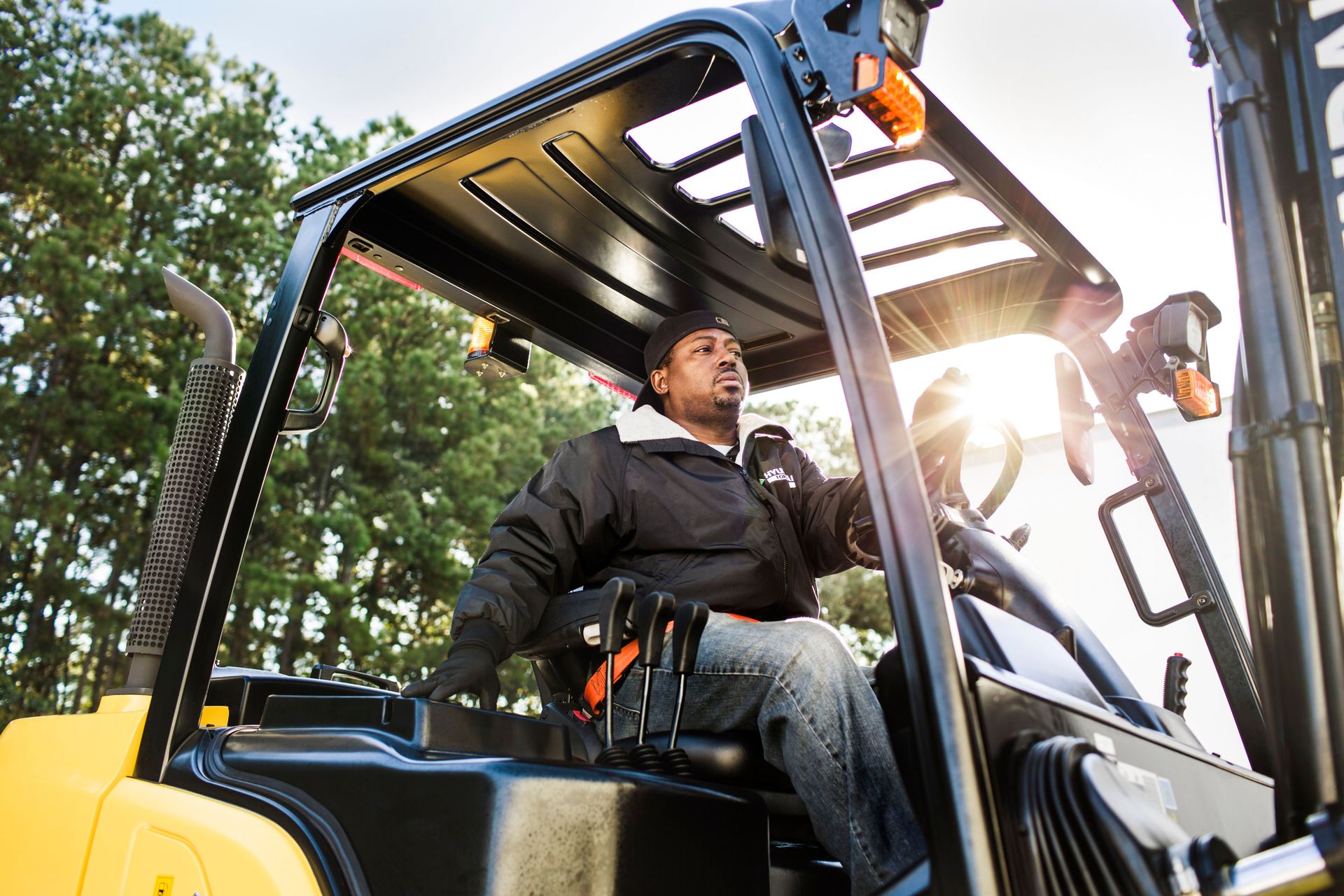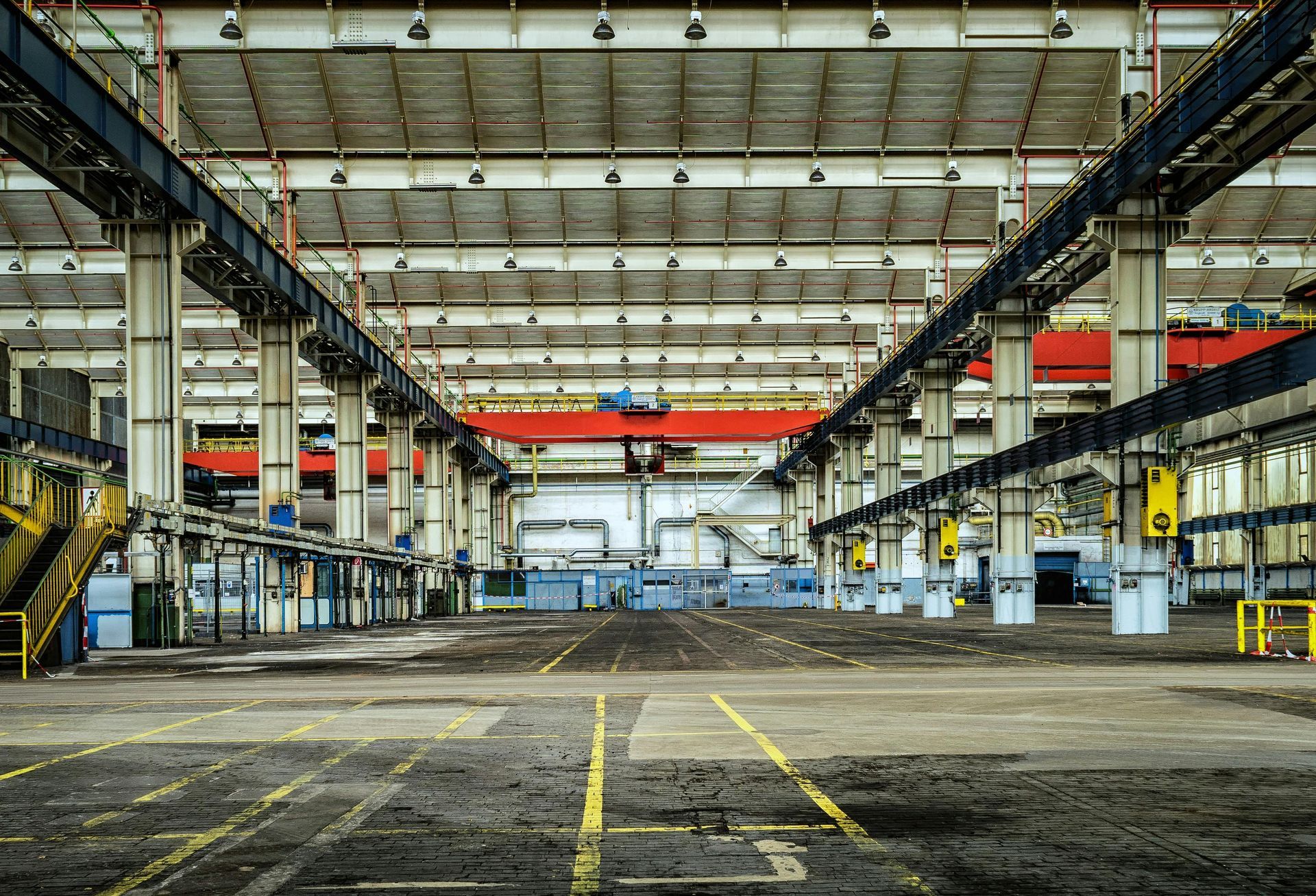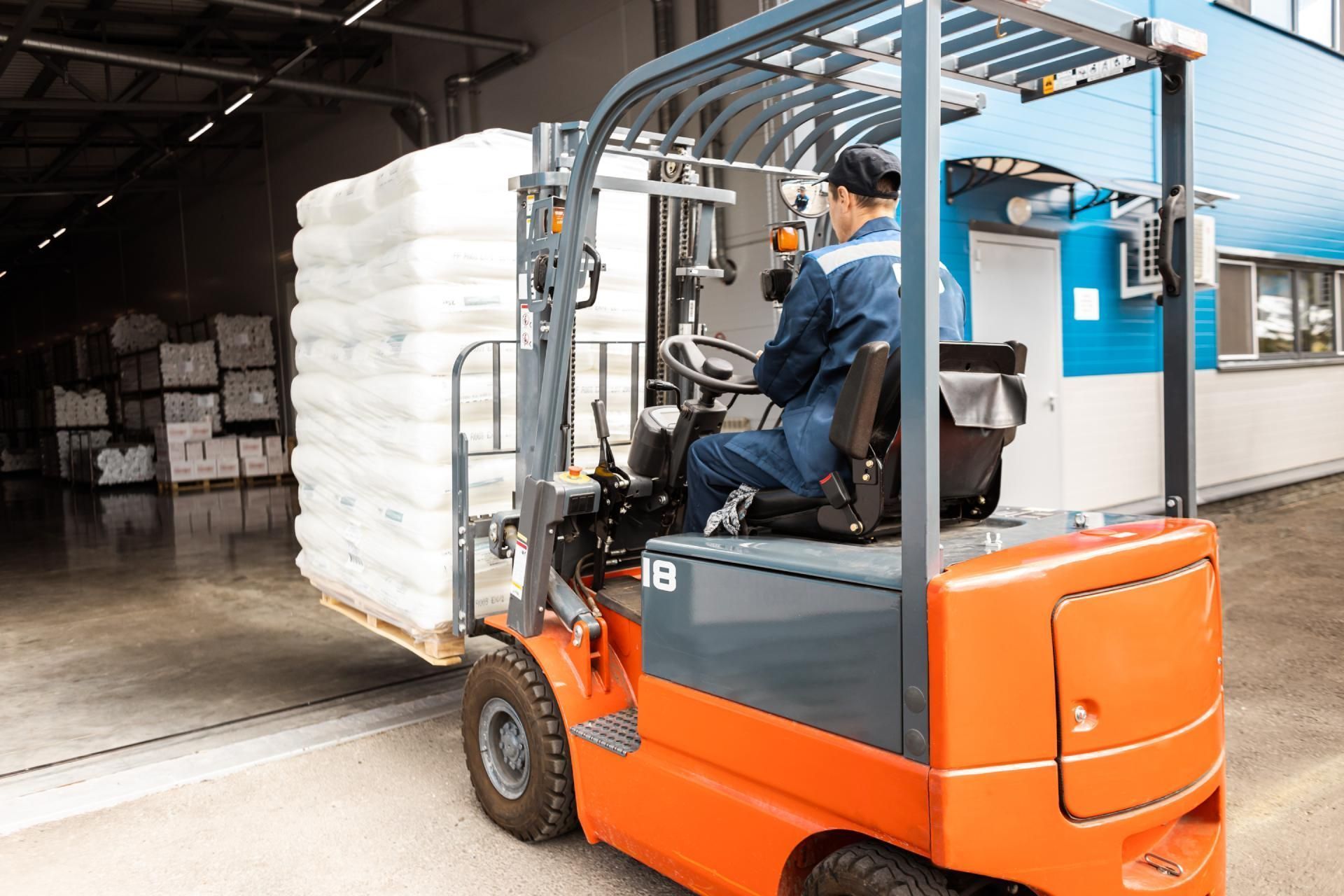The Basics to Forklift Maintenance
Forklifts are expensive, complex warehouse equipment and an integral part of your facility’s daily operations. When they break down, you can find yourself facing costly repairs or even having to replace the equipment. With the right forklift maintenance strategy in place you can protect your investment, and more importantly, keep employees safe.
Perform Daily Checks
Inspections should be performed on forklifts at the beginning of each workday and/or each shift, without fail. Not only is this daily check an OSHA requirement, but it’s also the best way to identify any small problems before they become big issues. Create a checklist ( these resources from OSHA are a great place to start) to address key components of the forklift before employees start using it. Target these areas, specifically: Hoses, tires, seat belts, fluid levels, forks, overhead guards, and brake performance.
Check the Manufacturer’s Guidelines
This is the best resource to follow when it comes to a maintenance schedule. Most forklift manufacturers recommend that comprehensive inspection and/or servicing to happen at regular intervals of distance traveled or hours of use. You should change the oil and tires on your forklifts and check fluids, filters, and brakes regularly to keep it running smoothly.
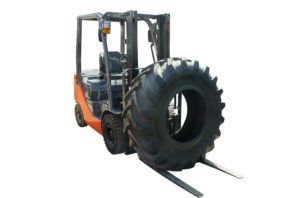
Pay Attention to the Tires
Many forklifts travel fixed paths around the warehouse, and this repetition can cause tires on the equipment to wear out quickly and unevenly. Depending on the climate in the facility, tires can deflate, and leaks and worn tread are also common occurrences. Tire checks should be a part of daily inspections, and this particular task should include pressure checks along with getting a good visual of the tread. According to OSHA requirements, forklifts need to be taken out of service if tires have pieces missing, and you should also replace them regularly due to wear and tear.
Keep Forklifts Clean
Not only do regular cleanings keep your forklifts looking good, but this step is also important for the overall safety of your equipment. The buildup of dust, lint, and cardboard particles can create a combustion risk and block systems (like the radiator) that impact the overall performance of the equipment. Perform cleaning on weekly, with steps like blowing trapped dust out of the radiator, wiping down the parks, and changing out dirty filters. While it may not seem like it, this small move helps save big money when it comes to repairs due to wear.
Know the Signs of a Problem
Even the most seasoned forklift operators can overlook small signs that forklifts need to be maintained or repaired, so be sure to offer training materials that they can revisit from time to time. These resources should not only include signs that forklift problems should be addressed but also offer guidelines on how to properly use the equipment. Improper use could lead to unnecessary wear and tear, excess maintenance, total replacement of the equipment, and ultimately create a huge safety hazard.
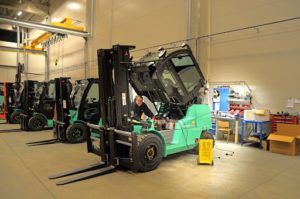
Address Issues ASAP
Even with daily required checks and regular maintenance, you could still face some unexpected problems with your forklift — like brake failure during a shift or tines that bend or break during use. Don’t put off fixing these issues and take the forklift out of service at the first indication that something is amiss, even if it may cause downtime for the equipment or a delay in work. Again, it’s important to train employees on how to recognize the issues listed above and create a protocol for addressing them so everyone is on the same page on how to deal with surprises.
Find a Forklift Maintenance Partner
The easiest way to maintain your equipment is by partnering with a team of professionals that you can trust to regularly maintain and repair your forklifts — regardless of the manufacturer or brand. Outsourcing this task means your employees and equipment don’t have to be taken off the floor and productivity doesn’t have to slow down. Forklift experts are also well-versed in OSHA standards and safety guidelines and can keep your equipment and warehouse compliant.
Forklifts are the lifeblood of your warehouse operations, but just like any of the equipment you use regularly, forklifts need maintenance to keep running smoothly and safely. It’s important to have qualified repair professionals and maintenance techs in your corner. Trust Benco to perform routine preventative maintenance and inspections of material handling equipment to minimize breakdowns; we’ll even bring you a rental
The post The Basics to Forklift Maintenance appeared first on Benco Industrial Equipment.


